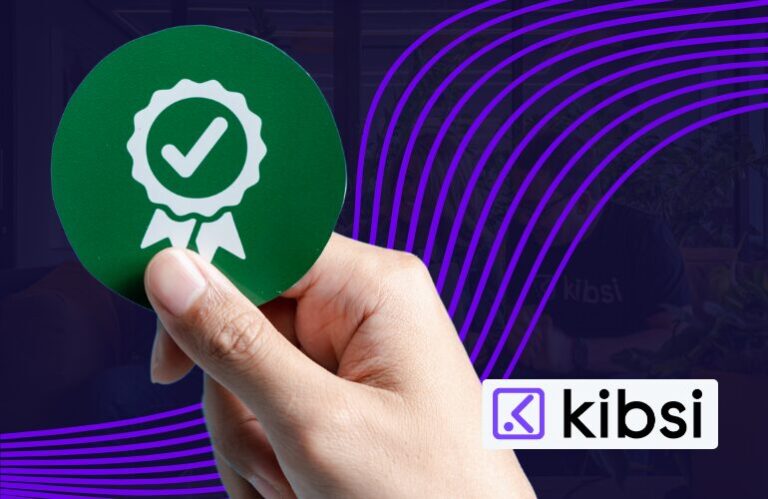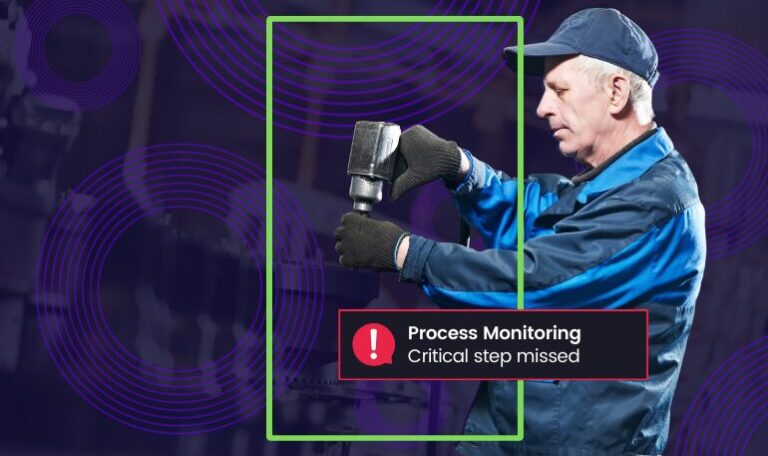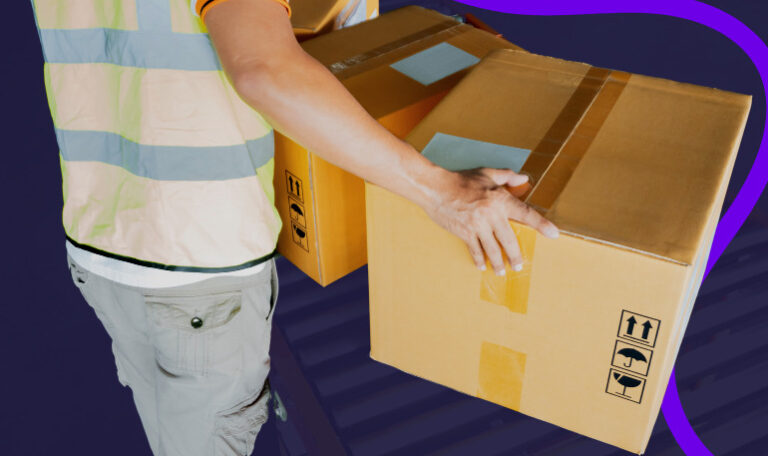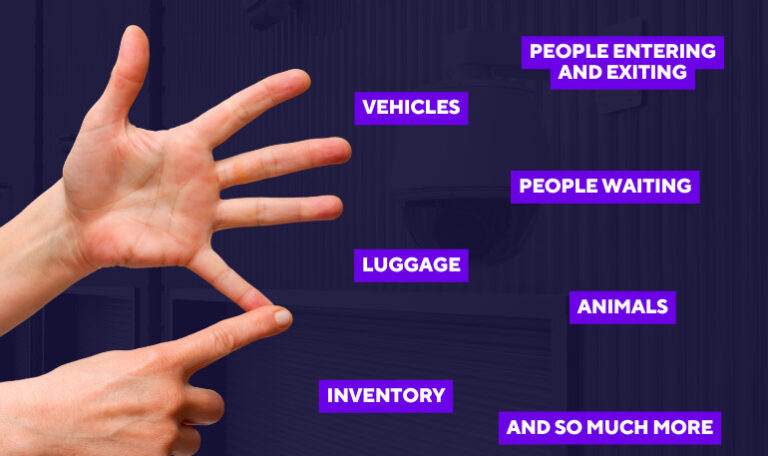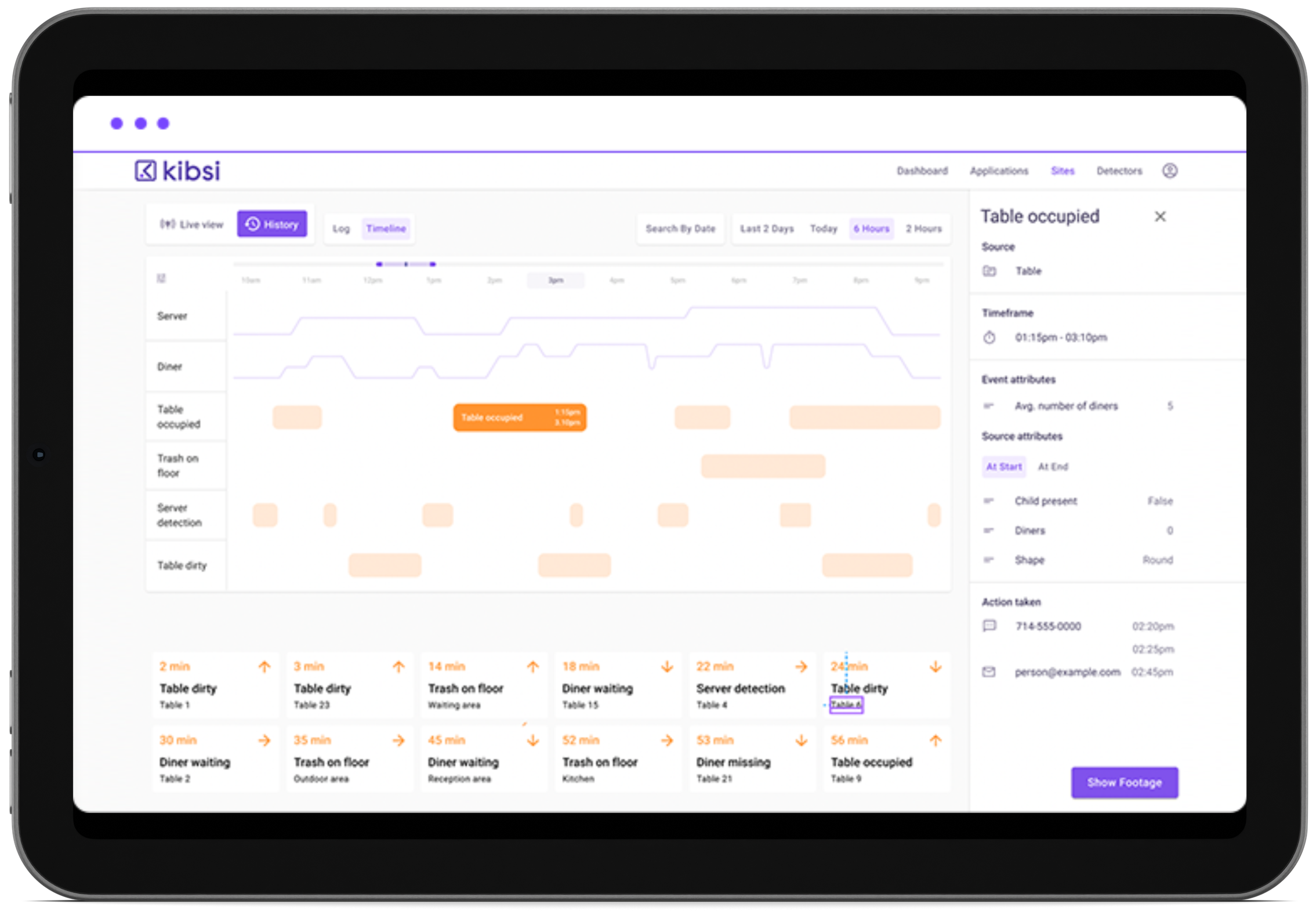Navigating the ever-expanding web of regulations can feel like running an obstacle course blindfolded. Regulatory compliance across industries – from food and beverage manufacturing to pharmaceuticals and automotive – has become a critical but often cumbersome aspect of daily operations.
The challenge lies not just in staying abreast of constantly changing regulations but also in ensuring consistent adherence across complex processes. Traditional, manual monitoring methods are not only time-consuming and prone to human error but also reactive in nature. By the time a violation is detected, the damage – whether financial, reputational, or even physical – may have already been done.
However, there’s a silver lining emerging in the form of artificial intelligence (AI) and computer vision technologies. These advancements present a unique opportunity to transform compliance from a burden into a strategic advantage.
The Pain Points of Manual Process Monitoring
Let’s delve deeper into the common pain points businesses face with traditional compliance monitoring:
-
The Information Overload: Regulations can be intricate and subject to frequent updates. Keeping up with the latest revisions across different governing bodies can be overwhelming, leaving businesses vulnerable to inadvertent non-compliance.
-
Manual Monitoring’s Limitations: Relying on manual monitoring for adherence is a recipe for errors and inefficiency. The human eye can miss critical details, especially in fast-paced environments or with monotonous tasks. Additionally, the sheer volume of footage can quickly overwhelm staff, compromising the overall effectiveness of monitoring efforts.
-
Reactive Approach to Violations: Manual detection of violations often occurs after the fact. This reactive approach, while providing a chance for corrective action, is far from ideal. The consequences of non-compliance can range from hefty fines and product recalls to reputational damage and even safety risks.
Examples across Industries:
-
Food & Beverage Manufacturing: Imagine a scenario where foreign objects like metal fragments or insect contamination go unnoticed during manual inspection, potentially leading to product recalls and consumer health risks. Kibsi’s computer vision system can be trained to detect anomalies on conveyor belts, packaging lines, and even within finished products, ensuring consistent quality control and minimizing the risk of contamination.
-
Automotive Manufacturing: Failure to detect faulty parts during assembly lines could lead to safety recalls, production delays, and a tarnished brand image. A computer vision system can be used to inspect components for defects, measure dimensions with high precision, and even verify the presence of critical safety features, all in real-time.
-
Pharmaceutical Manufacturing: Maintaining strict adherence to sterile environments and proper storage protocols is crucial. Manual monitoring can miss crucial details, potentially jeopardizing product quality and patient safety. Kibsi’s platform can be configured to monitor aseptic environments for breaches, ensure proper storage conditions for temperature-sensitive medications, and even track personnel movement within restricted areas, promoting a comprehensive compliance strategy.
-
Construction Sites: Ensuring worker safety on construction sites is paramount. Traditional methods often rely on visual inspections, which can be subjective and time-consuming. AI-powered computer vision can be used to monitor for unsafe work practices, identify missing personal protective equipment (PPE), and even detect potential hazards like falling objects or unstable structures, promoting a proactive approach to safety.
-
Retail Stores: Inventory shrinkage due to theft or misplaced items can significantly impact a retailer’s bottom line. Computer vision systems can be deployed to monitor store entrances and exits for suspicious activity, track customer movement within aisles, and even automate real-time inventory management, minimizing shrinkage and optimizing stock levels.
-
Logistics and Warehousing: Damage to goods during transportation and storage can lead to significant financial losses. Kibsi’s platform can be integrated with existing warehouse camera systems to monitor for improper handling practices, identify potential damage to packages, and even track the movement of goods throughout the supply chain, ensuring efficient and secure logistics operations.
These are just a few examples highlighting the limitations of manual monitoring. The good news is that AI and computer vision offer a powerful alternative.
How AI and Computer Vision Empower Regulatory Adherence
Computer vision, powered by AI, provides businesses with an intelligent and automated approach to process monitoring for compliance. Here’s how:
- Automated Monitoring in Real-Time: Kibsi’s (or a similar) computer vision platform can be tailored to detect specific compliance concerns within video feeds. This allows for constant, real-time monitoring, eliminating the need for human oversight for every detail.
Example: Imagine a conveyor belt in a manufacturing facility. A computer vision system can be trained to identify fallen objects in real time, triggering an immediate alert for corrective action before potential damage occurs.
- Proactive Action and Alerts: The platform can be configured to send automated alerts whenever potential violations are detected. This empowers businesses to intervene proactively, preventing costly repercussions and ensuring smooth operation.
Example: In a pharmaceutical lab, the system can detect improper storage practices for hazardous materials, prompting an alert for immediate rectification and safeguarding personnel safety.
- Data-Driven Insights: The beauty of AI lies in its ability to learn from vast amounts of historical footage. By analyzing past data, businesses can gain valuable insights into potential compliance risks and identify areas for improvement.
Example: Analyzing data captured by a computer vision platform like Kibsi from a warehouse might reveal a specific zone with a higher frequency of dropped packages. This data can be used to implement targeted interventions, like improving floor conditions or adding safety signage, to minimize future occurrences.
Transforming Compliance into a Competitive Edge
By leveraging AI and computer vision for process monitoring, businesses can transform compliance from a mere obligation into a strategic advantage. Let’s explore some key benefits:
-
Reduced Costs: Proactive identification of potential violations minimizes the risk of costly fines and product recalls. Additionally, automation frees up resources previously dedicated to manual monitoring, allowing for improved efficiency and cost reduction.
-
Enhanced Brand Reputation: Demonstrating a commitment to safety and quality through robust compliance practices fosters trust with consumers, partners, and regulatory bodies. This translates to a stronger brand reputation and a competitive edge in the marketplace.
-
Improved Operational Efficiency: Automating tedious tasks associated with compliance monitoring frees up valuable human resources. This allows staff to focus on higher-level activities that contribute to strategic growth and innovation.
By automating real-time monitoring, proactive violation detection, and data-driven insights generation, AI and computer vision pave the way for a proactive approach to compliance. This empowers businesses to:
- Minimize risks associated with non-compliance.
- Optimize processes for efficiency and cost-effectiveness.
- Enhance brand reputation through a demonstrably strong commitment to safety and quality.
The Kibsi Advantage
While AI and computer vision offer a powerful framework for achieving these goals, navigating the complexities of implementing these technologies can be a challenge. This is where a user-friendly and versatile platform like Kibsi comes in.
Kibsi’s no-code computer vision platform empowers businesses of all sizes and technical backgrounds to harness the power of AI for their compliance needs. Here’s how Kibsi simplifies the process:
- Drag-and-Drop Functionality: Kibsi eliminates the need for extensive coding expertise. Its intuitive interface allows users to build custom computer vision applications by simply dragging and dropping features.
- Pre-built Models: Kibsi offers a library of pre-built computer vision models for common objects and tasks, saving valuable time and resources during application development.
- Seamless Integration: Kibsi integrates seamlessly with existing security camera infrastructure, eliminating the need for additional hardware investment.
- Scalability and Customization: The platform is designed to scale with your business needs and can be customized to address specific compliance requirements across diverse industries.
Taking the Next Step
Ready to transform compliance into a competitive advantage for your business? Explore how Kibsi’s AI-powered computer vision platform can streamline your process monitoring and empower proactive regulatory adherence.
Want to learn more about how Kibsi works? Click HERE.
By leveraging AI and computer vision through a platform like Kibsi, businesses can unlock a future where compliance is a cornerstone of operational excellence and a driver of sustainable growth.


